Laboratory Astrophysics
FROM MOLECULES TO NANO-GRAINS: The Evolution of Cosmic Matter
The large variety of molecules found in astrophysical environments witnesses an impressive complexity and chemical richness of our universe. It is our aim to focus on the very first steps in the chemical evolution of matter by examining the relevant molecules, from small sized di-atomics and larger poly-atomics to nanosized dust particles in the laboratory, in theory and by observations. In 2016 the first chiral molecule, propylene oxide, was detected in space. As one of the participating groups of the collaborative research center CRC-ELCH, the laboratory astrophysics group studies the dynamics and the chemical properties of chiral molecules such as propylene oxide, styrene oxide and hydrogen peroxide in the gas phase.
2018 start of the Collaborative Research Center ELCH. The CRC ELCH, funded since 2018 by the DFG, is dedicated to chiral molecules in the gas phase. The laboratory astrophysics group conducts high precision spectroscopic experiments to investigate the internal tunneling dynamics of chiral molecules between their enantiomeric forms. In 2019 the group has set up two OPO-laser systems, both frequency-stabilized on a frequency-comb. In addition, a GPS-controlled 100 GHz chirped pulse spectrometer was established to perform two-photon-IR-mm-spectroscopy of chiral molecules in the gas phase and in supersonic jets.
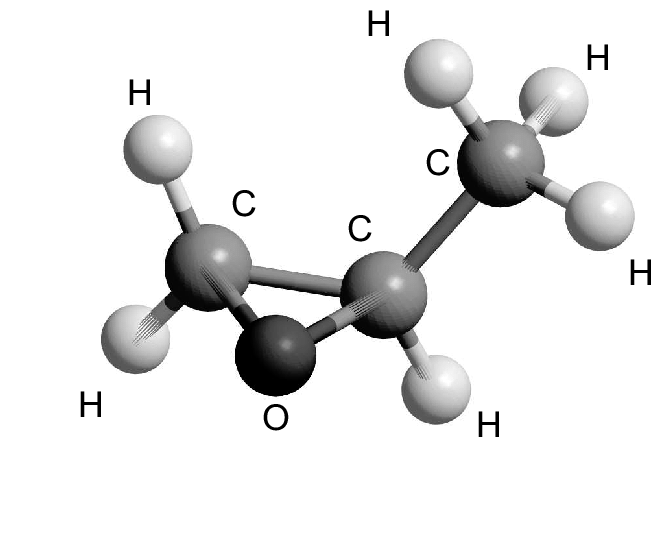
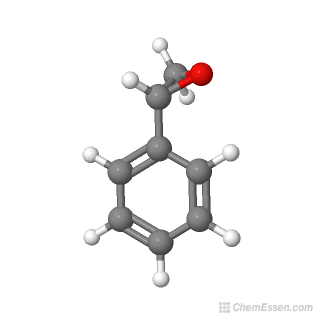
Figure 1: The structure and internal dynamics of the chiral molecules propylene oxide and styrene oxide are studied by means of high precision spectroscopy.
2018: SiO Infrared Emission in the Shell of the Red Giant Star VY Canis Majoris. Based on recent laboratory results (Breier et al. 2018, Breier et al. 2019, Witsch et al. 2019) we started a systematic search for small metal and silicon containing molecules, e.g. SiO, AlO, AlS, TiO, in the shells of late type stars VY Canis Majoris and IRC+10216. The molecules are thought as fragments of nano-sized particles that form at the end of lifetime of stars. In 2018 and 2019 we were granted observational time at the IRTF telescope on Mauna Kea/Hawaii. The dense infrared spectra contain the molecular fingerprints of a large number of small molecules present in these stellar environments.

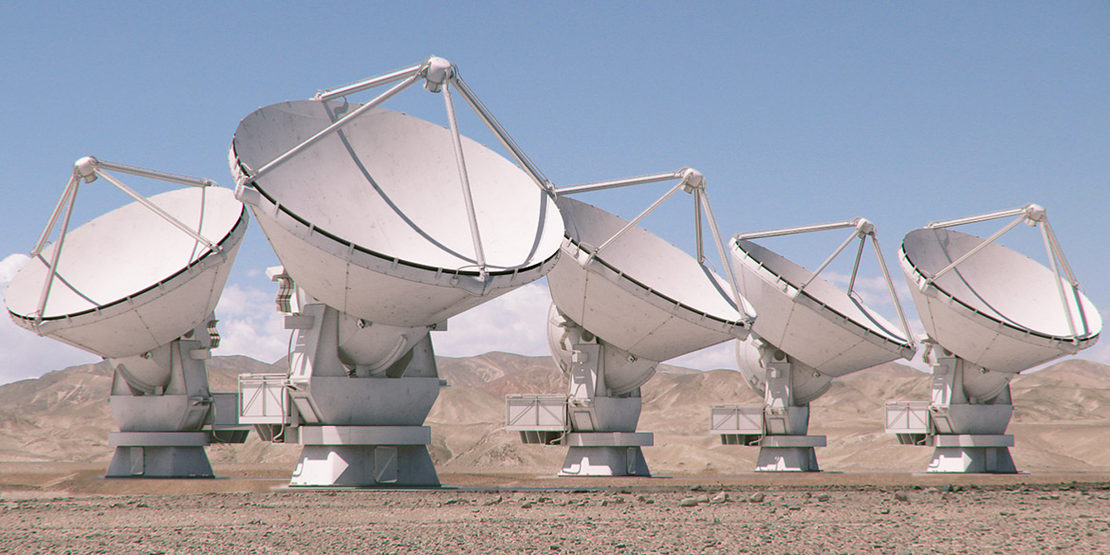
2018: Detection of the First Radioactive Molecule in Space. The chemical diversity of interstellar matter is based on the nuclear synthesis processes which take place in the inner core of stars and lead to the formation of chemical elements. Among the many stable elements, there are also unstable radioactive isotopes whose lifetime is too short to leave the central region of the star and enter space. In 2017, the Laboratory Astrophysics Group in Kassel predicted the hypothetical spectroscopic properties of molecules containing at least one radioactive atom. Together with an international team of astrophysicists and astronomical observers, the first radioactive molecule in space, 26AlF, was detected with the ALMA large telescope array (Kamiński et al. (2018)).
2019: First Detection of 13C-Isotopologues of Tricarbon in the Center of our Galaxy. C3 is a linear molecule that is likely formed from spattering processes of large interstellar carbon molecules and carbon containing nano-sized particles. Based on our recent laboratory studies (Breier et al. 2016) the 13C-isotopologues 13CCC and C13CC were detected in the center of our galaxy using the airborne telescope for infrared and sub-millimeter wave spectroscopy SOFIA (Giesen et al. 2019).
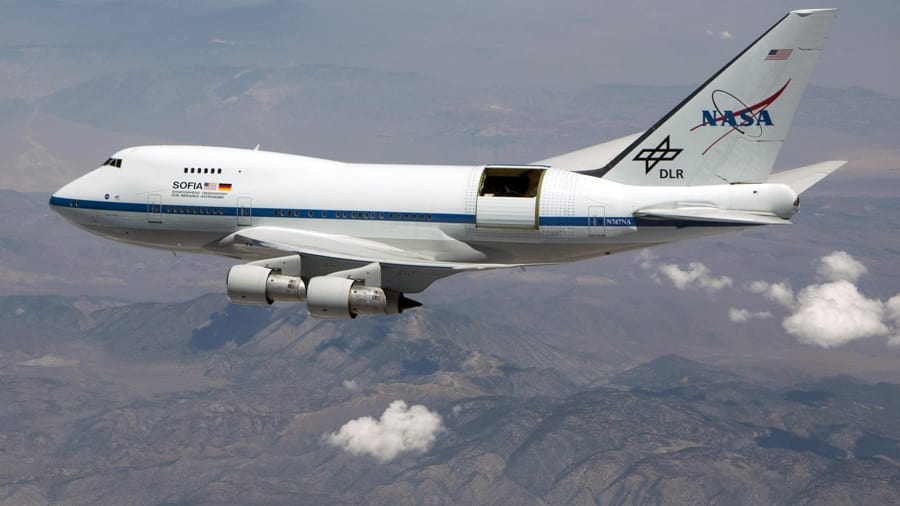
References
Breier et al. (2016) A.A. Breier, T. Büchling, R. Schnierer, V. Lutter, G.W. Fuchs, K.M.T. Yamada, B. Mookerjea, J. Stutzki, T.F. Giesen, J. Chem. Phys. 145, 23 (2016).
Breier et al. (2018) A.A. Breier, B. Waßmuth, T. Büchling, G.W. Fuchs, J. Gauss, T.F. Giesen, J. Mol. Spectrosc., 350, 43 (2018).
Breier et al. (2019) A.A. Breier, B. Waßmuth, G.W. Fuchs, J. Gauss, T.F. Giesen, J. Mol. Spectrosc., 355, 46 (2019).
Giesen et al. (2019) T.F. Giesen, B. Mookerjea, G.W. Fuchs, A.A. Breier, D. Witsch, R. Simon, J. Stutzki, (Astronom. & Astrophys., accepted for publication).
Kamiński et al. (2018) T. Kamiński, R. Tylenda, K.M. Menten, A. Karakas, J.M. Winters, A.A. Breier, K. T. Wong, T.F. Giesen and N. A. Patel, Nature Astronomy, 2, 778 (2018).
Witsch et al. (2019) D. Witsch, V. Lutter, A.A. Breier, K.M.T. Yamada, G.W. Fuchs, J. Gauss, T.F. Giesen, J. Phys. Chem. A, 123, 19, 4168-4177 (2019).
Contact
Prof. Dr. Thomas Giesen
full member
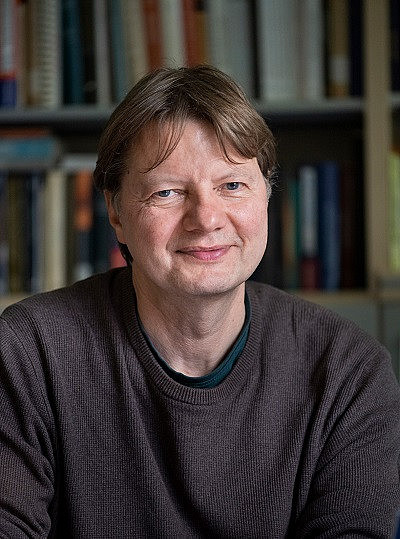
- Telephone
- +49 561 804-4775
- t.giesen[at]physik.uni-kassel[dot]de
- Location
- Universität Kassel
Fachbereich 10 - Naturwissenschaften & Mathematik
Institut für Physik
Heinrich-Plett-Straße 40
34132 Kassel
- Room
- 1144
